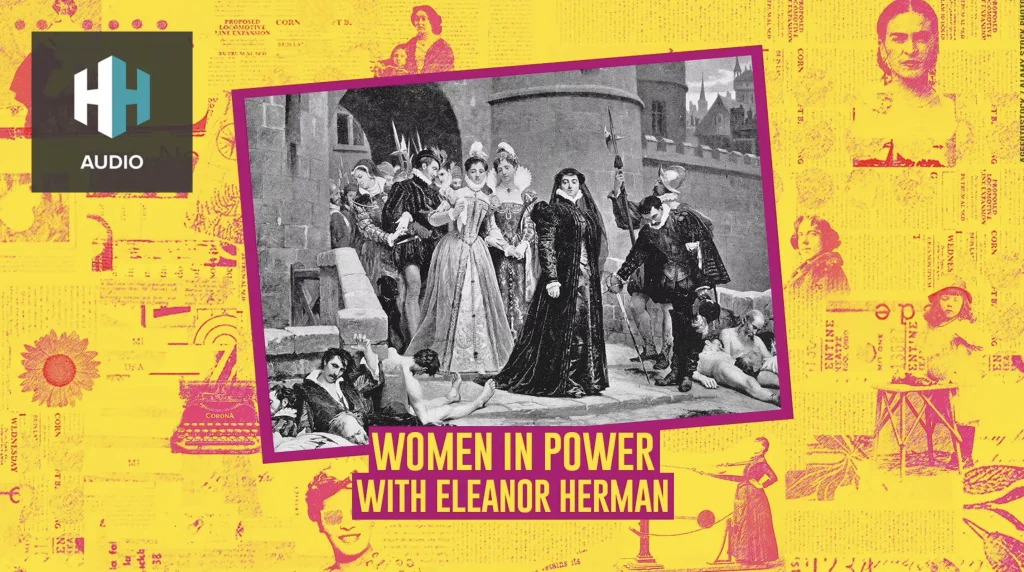
Diego Velázquez’s ‘Rokeby Venus’, also known as ‘The Toilet of Venus’ and ‘Venus at her Mirror’, is one of the most famous paintings in London’s National Gallery. It is a beautiful image, yet it has had a turbulent history, facing criticism in the 17th century and even becoming a focus for suffragette protests in the 20th century.
So, why has Velázquez’s sensuous, still image of female beauty caused such uproar? Here’s a brief history and analysis of the famed 17th-century painting.
Who painted the Rokeby Venus?
Diego Velázquez was the leading artist in the court of King Philip IV of Spain and Portugal. The 17th century in Spain was a time which – despite ongoing wars and onset of plague – was a golden age for art and literature, known as the ‘Siglo de Oro’. As Miguel de Cervantes wrote Don Quixote, Velázquez paved the way through his painting.
Velázquez painted many portraits of the Spanish royal family, perhaps most famously ‘Las Meninas’ in 1656. His works have also been an inspiration for later artists, especially many 19th-century realist and impressionist painters. The 20th-century giants such as Pablo Picasso, Salvador Dalí and Francis Bacon also paid tribute to Velázquez by reinterpreting some of his most iconic images.

Self portrait by Spanish painter Diego Velázquez (1599-1660)
Image Credit: Diego Velázquez, Public domain, via Wikimedia Commons
Striking originality
It is perhaps surprising that this sensual depiction of Venus was allowed, considering the restrictions in place in 17th-century Spain, where overtly sensual images were met with disapproval by the Catholic Church.
The church limited how artists could depict religious material: angels were required to have wings, the Virgin Mary’s feet were to be covered and female nudes were discouraged. However, these rules were not strictly enforced for the king and his elite circle, many of whom commissioned mythological paintings featuring nudes by the likes of Rubens and Titian.
Numerous works of art have been cited as Velázquez’s inspiration, most notably Giorgione’s ‘Sleeping Venus’ (c. 1510) and Titian’s ‘Venus of Urbino’ (1538). The Borghese Hermaphrodite, too, may have played a role in Velázquez’s creative process. This was a copy of a sensuous Hellenistic sculpture, excavated in 1608-1620, which Velázquez ordered a bronze cast of when he visited Rome.
Although Velázquez took inspiration from classical representations of the goddess, he also combined these traditional themes, creating a work which was strikingly original. He combined the image of Venus ‘at her toilet’ (where she is usually sitting upright on her bed, gazing into a mirror), and another of the ‘Reclining Venus’, usually in a landscape.
 Listen Now
Listen NowA personification of female beauty
Velázquez’s painting contains just two figures: Venus, the goddess of love, and her son, Cupid. Venus reclines on her bed which is covered in sumptuous satin fabric. Her long, sinuous body is painted in pearly tones, contrasting the rich colours and lively brushstrokes of the fabric.
Venus gazes at her reflection in the mirror held up by Cupid. Its pink ribbons (used to hang the mirror on the wall) are knotted at the top and cross over his wrist, perhaps alluding to one of his attributes, the blindfold, or the shackles he used to bind the hearts of lovers. Parts of Cupid’s body – especially his far leg and face – are very loosely painted, appearing almost unfinished, forcing the viewer to focus in on the main subject, Venus.
Although Venus’ nude body is on full display, the reflection of her face in the mirror is unclear, so her identity remains a mystery. Indeed, Velázquez originally painted her head facing slightly more towards the left, so that her nose was visible, but later changed his mind. This anonymity enables Venus to act as a personification of all female beauty, and requires the viewer to actively complete her features with their imagination.
Why was the Rokeby Venus slashed?
Velázquez’s painting is now commonly known as ‘The Rokeby Venus’, as it was hung in Rokeby Park in County Durham for much of the 19th century. It was first displayed in London’s National Gallery in 1906, where it remains one of the most popular exhibits.

Damage sustained in the attack by Mary Richardson in 1914
Image Credit: Public domain, via Wikimedia Commons
But in the early 20th century, the Rokeby Venus played an important role in the suffragette movement. Mary Richardson was a Canadian suffragette noted for her violent tactics: she was a notorious arsonist who had been arrested on nine occasions, and spent time in prison.
On 10 March 1914, Richardson walked into the National Gallery and slashed Velázquez’s canvas multiple times with a meat cleaver. She later explained her actions:
I have tried to destroy the picture of the most beautiful woman in mythological history as a protest against the government for destroying Mrs. Pankhurst, who is the most beautiful character in modern history.
Richardson received a six-month jail sentence, during which she went on a hunger strike which secured her release just a few weeks after. Meanwhile, the National Gallery closed for two weeks as the chief restorer, Helmut Ruhemann, quickly and expertly restored the painting. The knife markings had sliced across Venus’s back and hip; although this was a protest in the name of women’s rights, it appeared as an attack on the woman herself.













